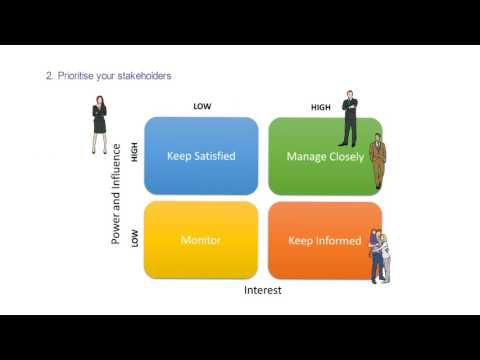4.23: Introduction to Internal Data
- Page ID
- 46118
What you’ll learn to do: Process information from internal sources
Barron’s defines internal data as:[1]
Information, facts and data available from within a company’s information systems. Internal data is normally not accessible by outside parties without the company’s express permission.
While this definition seems straightforward, the complexity of gathering and analyzing these types of data can be more complicated than one might think. Processing data from internal sources requires patience, diligence and care. There are two primary concerns:
- The act of gathering information about your own organization is not without political and ethical considerations. When a person from one part of the organization seeks data about another–or about the enterprise as a whole–it can have implications for the well-being and security of people’s circumstances. Think of a salesperson who is having their volume studied by an HR analyst or an accountant being questioned about how quickly their division processes invoices—inquiry into organizational phenomena can be a charged event.
- Data can be dynamic and often hard to find. Some data are relatively straightforward and can be captured in time, or the gathering and publishing of the data is mandated by an outside element. For example, studying Apple from Apple’s 10-K is straightforward; however, learning more about their culture from people who currently work there is far more complicated, as illustrated by this Business Insider UK article. The reasons an organization would be so close-hold about their culture is usually justified by the competitive landscape in which it operates.
Think about It
How would you address gathering data on your organization if you worked in a competitive and closely-guarded industry?
For our purposes here, the right approach to processing your data is to ask yourself early in your study, “is there any part of this project that could be problematic for any stakeholders involved?”
So, what is a stakeholder? A stakeholder is someone who has a particular interest in the organization; people who work in the organization are clear stakeholders as are customers, shareholders, suppliers and vendors. In short, conducting a (brief, at minimum) Stakeholder Analysis before your research is wise. While these types of analysis can become their own in-depth reports, your goal here is to address political, turf, and strategic sensitivities with regard to the gathering of your data; your stakeholder analysis does not need to be perfect or exhaustive, but consider it an important part of processing your data.
- All Business, "Internal data." Barrons Dictionary. Web. 12 June 2018. ↵
Contributors and Attributions
- Introduction to Internal Data. Authored by: Freedom Learning Group. Provided by: Lumen Learning. License: CC BY: Attribution
- Stakeholder Analysis. Authored by: ProAction Development CIC. Located at: https://youtu.be/LFHlal9fwkU. License: All Rights Reserved. License Terms: Standard YouTube License


